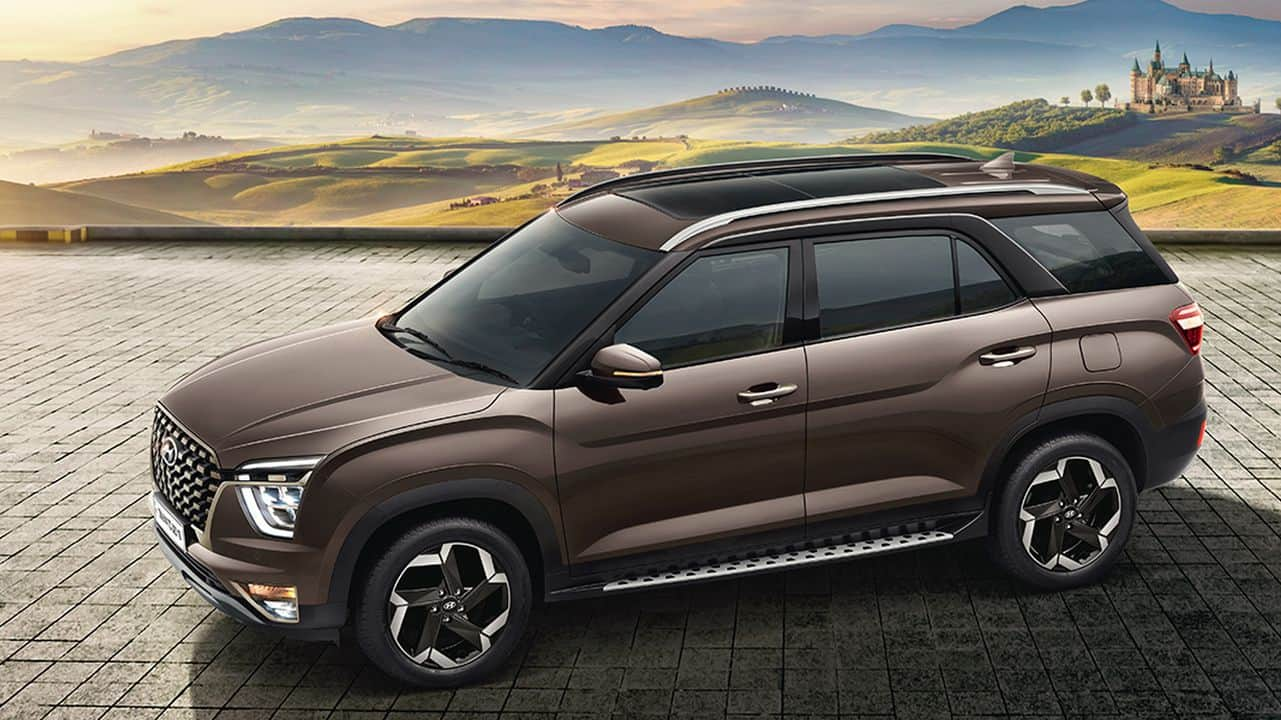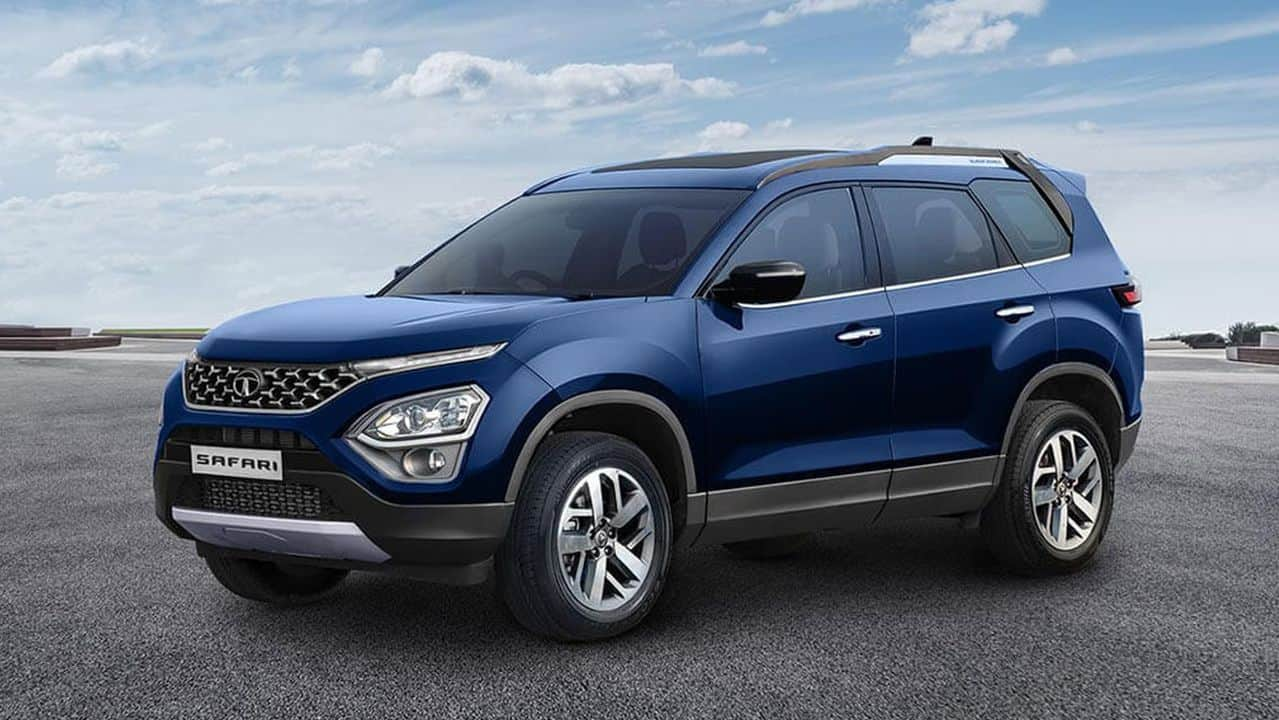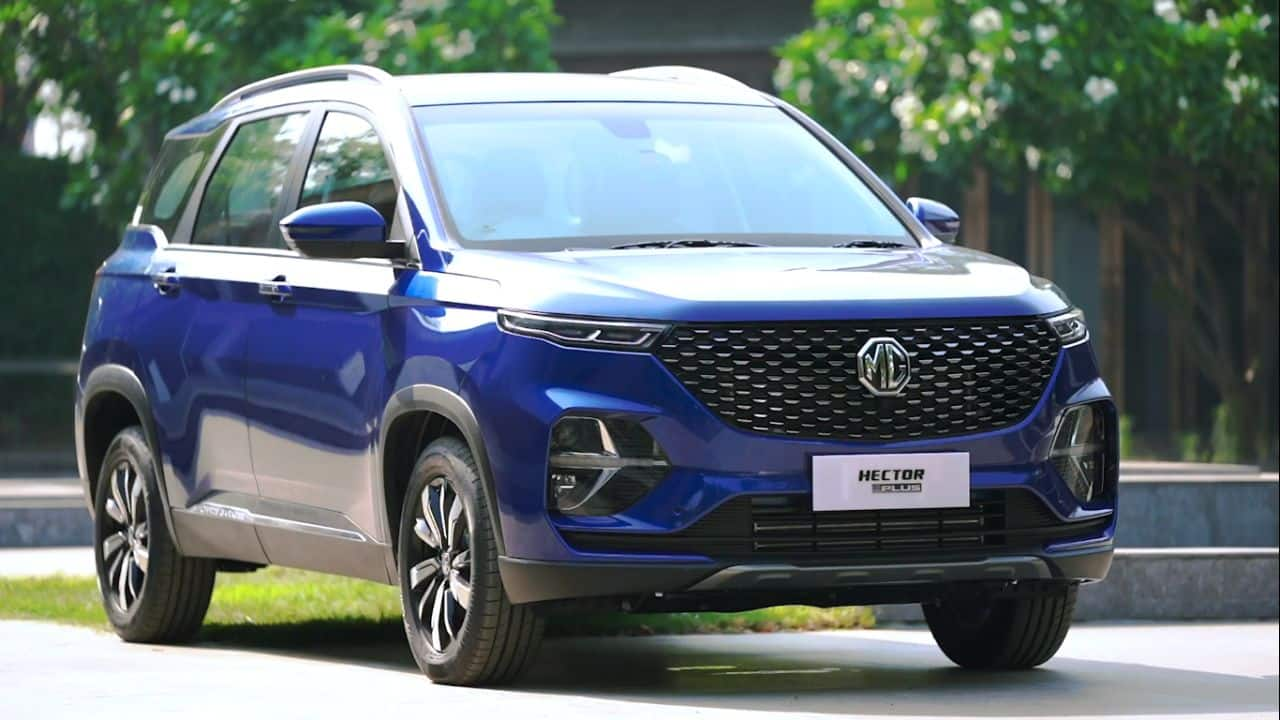Foraying into the 7-seater segment, Hyundai has finally brought us the Alcazar. Based on the Hyundai Creta, the Alcazar is almost identical to the 5-seater, save for a few styling tweaks and a big rear-end to accommodate the extra row of seats.
But how does it stack up against other 7-seaters in the segment? Here we are going to compare the Alcazar to two other newcomers in the 7-seater category, the Tata Safari and the MG Hector Plus. Currently, there is the Mahindra XUV500 as well, but seeing as how the XUV700 is slated for launch soon, we will skip this one for now.
Dimensions
The Alcazar is the smallest SUV in this segment, at least in terms of size. At 4,500mm, 1,790mm and 1,675mm in length, width and height. The Safari on the other hand measures in at 4,661mm, 1,894mm and 1,786mm while the Hector Plus stands in at 4,720mm, 1,835mm and 1,760mm in length, width and height.

The Alcazar does get the largest wheelbase in the segment at 2,760mm. This allows for better cabin space inside the SUV. The Hector Plus comes in with 2,750mm while the Safari sports the shortest wheelbase at 2,741mm. And finally, thanks to this long wheelbase, the Alcazar also gets the largest boot space in the segment at 180 litres while the Safari has the smallest at 73 mm.
Powertrain
The Alcazar is available with both petrol as well as diesel options and both get manual and automatic transmission options. The Hector Plus, too, gets both engine options, but the Safari is only available in one diesel engine option. The Alcazar’s 2-litre petrol is the largest here with a bigger power out 159 PS. The Hector Plus on the other hand serves two turbo-petrol motors (one in mild-hybrid form) both of which dish out 143 PS of power. The Hector’s torque output on the other hand is higher at 250 Nm as compared to the Alcazar’s 191 Nm.

On the diesel side, the Alcazar makes do with the 1.5-litre engine from the Creta. This is capable of 115 PS of power and 250 Nm of torque. The Hector Plus and the Safari, both get larger 2-litre engines churning out identical output figures of 170 PS and 350 Nm.
In terms of fuel efficiency, however, the Alcazar wins over the other two in either powertrain options. The claimed average for the petrol manual is 14.5 km/l and for the petrol automatic at 14.2 km/l. The diesel engine offers 20.4 km/l and 18.1 km/l on the manual and automatic transmission options.
Features
As compared to the other two rivals here, the Alcazar posts the largest features list despite the other two still offering fairly lengthy lists of their own. Common features, however, include a large infotainment display with Android Auto and Apple CarPlay, connected car technology, panoramic sunroof, automatic climate control, keyless entry and go, automatic headlamps.
The Safari, however, misses out on a wireless phone charger while the Alcazar gets two of them and the Hector Plus misses out on ventilated seats. The Alcazar also gets a first-in-segment 10.25-inch digital display for the instrument cluster.

In terms of safety, all the standard measures are in place for all cars including ABS, EBD, six airbags, electronic stability control and a tyre pressure monitoring system. The Alcazar, however, also has cameras mounted on the outside rearview mirrors. This allows for a live feed for blind-spot monitoring.
Price
At a starting price of Rs 16.3 lakh, ex-showroom, the Hyundai Alcazar is the costliest SUV here. In contrast, the Tata Safari starts at Rs 14.99 lakh and the MG Hector Plus starts at Rs 13.63 lakh. The top-spec variants on the other hand are priced at Rs 20 lakh, Rs 21.81 lakh and Rs 19.61 lakh, ex-showroom for the Alcazar, Safari and Hector Plus respectively.
The Alcazar may be the smallest SUV here in terms of dimensions, but the large wheelbase has allowed for a better cabin experience both in terms of space as well as features. The boot, too, is the most usable in this segment, especially when taking a trip with family with a lot of luggage to throw in.